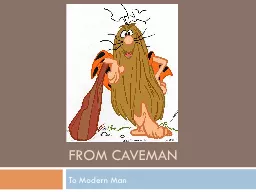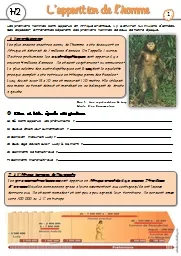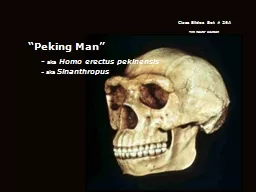PPT-Homo Habilis
Author : sherrill-nordquist | Published Date : 2016-12-02
Handy Man By Jerry Rose and Taylor S Introduction We are going to take you on a ride through time to meet the Homo Habilis species You will learn a lot of interesting
Presentation Embed Code
Download Presentation
Download Presentation The PPT/PDF document "Homo Habilis" is the property of its rightful owner. Permission is granted to download and print the materials on this website for personal, non-commercial use only, and to display it on your personal computer provided you do not modify the materials and that you retain all copyright notices contained in the materials. By downloading content from our website, you accept the terms of this agreement.
Homo Habilis: Transcript
Download Rules Of Document
"Homo Habilis"The content belongs to its owner. You may download and print it for personal use, without modification, and keep all copyright notices. By downloading, you agree to these terms.
Related Documents














